
OR
Renault makes Nepal debut
Published On: October 6, 2016 08:12 AM NPT By: Republica | @RepublicaNepal

To roll out Duster and Kwid next week
KATHMANDU, Aug 25: The French multinational automotive company Renault is planning to make its first official foray into Nepal with the launch of two of its brands Duster and Kwid next week.
The automaker has appointed Advanced Automobile Pvt Ltd as its authorized distributor for Nepal.
The company has scheduled the announcement of its official entry into Nepal and the launch of Duster and Kwid for Monday next week.
“We are excited to launch Renault vehicles in Nepal. We are overwhelmed by the response from potential customers in Nepal toward the brand,” Sandeep Chhetri, the marketing manager for Advanced Automobile Pvt Ltd, said.
Chhetri, who says Renault enjoys around 30 percent share of the Indian automobile market, adds: “We have been receiving nice bookings. We are optimistic of creating a good position in the Nepali automobile market.”
Chhetri says both Duster and Kwid vehicles are feature-equipped as well as affordable and suit Nepali roads.
The Kwid, which will be available in a petrol variant in Nepal, is powered by a 799cc three-cylinder engine that generates 54PS power at a maximum 5,678 rpm and 72Nm of torque at 4,386 rpm. Officials of the company say Kwid will have a mileage of around 20 km/liter in Nepali roads. The safety features on Kwid include remote keyless-entry, front fog-lamps, engine immobilizer, driver-side airbags and seat belts for front and rear passengers, among others.
The company is offering Kwid in five color options: fiery red, ice cool white, moon light silver, outback bronze and planet grey.
The Duster, on the other hand, is available in both petrol and diesel variants. While the petrol variant of Duster has a 1.6 liter petrol engine paired to a five-speed manual gearbox, the later is powered by a 1.5 liter diesel engine.
While the petrol variant of Duster generates a maximum power of 104 PS at 5,750 rpm and maximum torque of 148Nm at 3,750 rpm, the diesel variant generates maximum power of 110PS at 4,000 rpm and maximum torque of 245Nm at 1,750 rpm.
The Renault Duster is available in seven color variants: pearl white, galaxy black, moonlight silver, Amazon green, woodland brown, comet grey and cayenne orange.
You May Like This
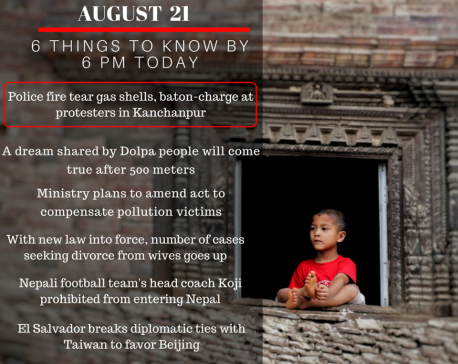
Aug 21: 6 things to know by 6 PM
Your daily dose of missed important news of the day. ... Read More...

Outreach Nepal lifts Nepal Ice AAN Futsal
KATHMANDU, May 13: Outreach Nepal has lifted the first ever Nepal Ice AAN Futsal Tournament 2018 defeating Media Basket by a... Read More...

SCOPE Nepal provides foil blankets to Nepal Army
KATHMANDU, Jan: SCOPE Nepal, an NGO working in peace, security, environment and social justice, handed over 378 emergency foil blankets to... Read More...
Just In
- BFIs' lending to private sector increases by only 4.3 percent to Rs 5.087 trillion in first eight months of current FY
- NEPSE nosedives 19.56 points; daily turnover falls to Rs 2.09 billion
- Manakamana Cable Car service to remain closed on Friday
- Nepal govt’s failure to repatriate Nepalis results in their re-recruitment in Russian army
- Sudurpaschim: Unified Socialist leader Sodari stakes claim to CM post
- ED attaches Raj Kundra’s properties worth Rs 97.79 crore in Bitcoin investment fraud case
- Newly-appointed Auditor General Raya takes oath of office and secrecy
- CM Mahara expands Cabinet in Lumbini Province



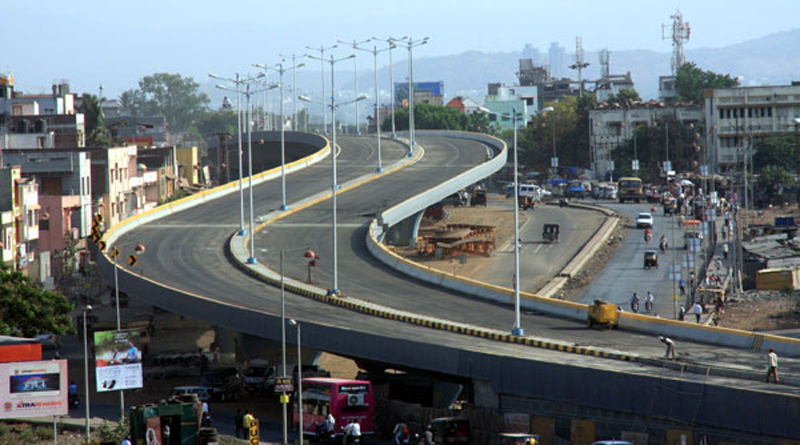




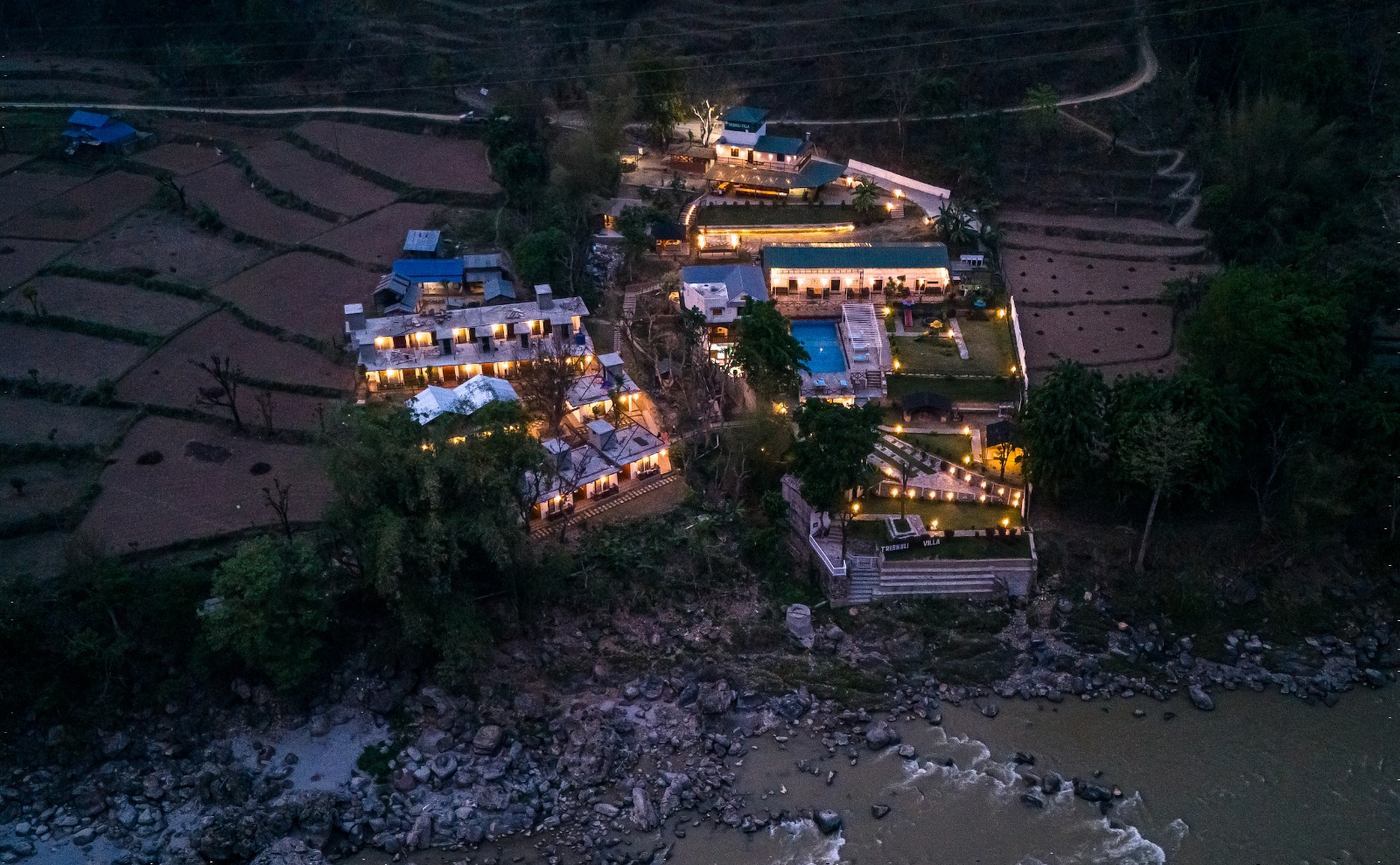

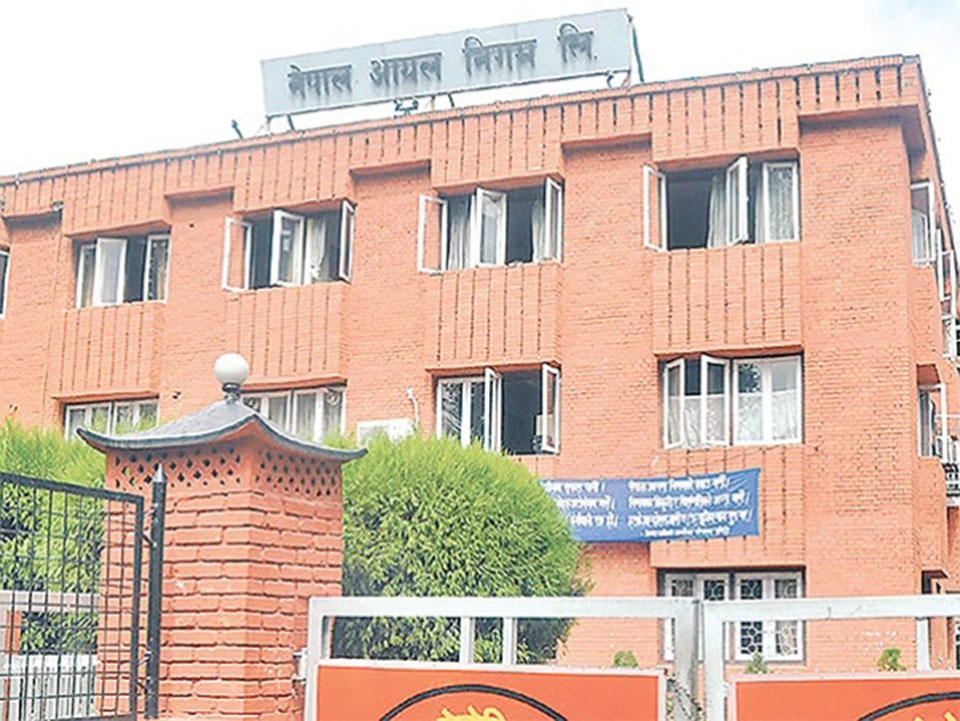


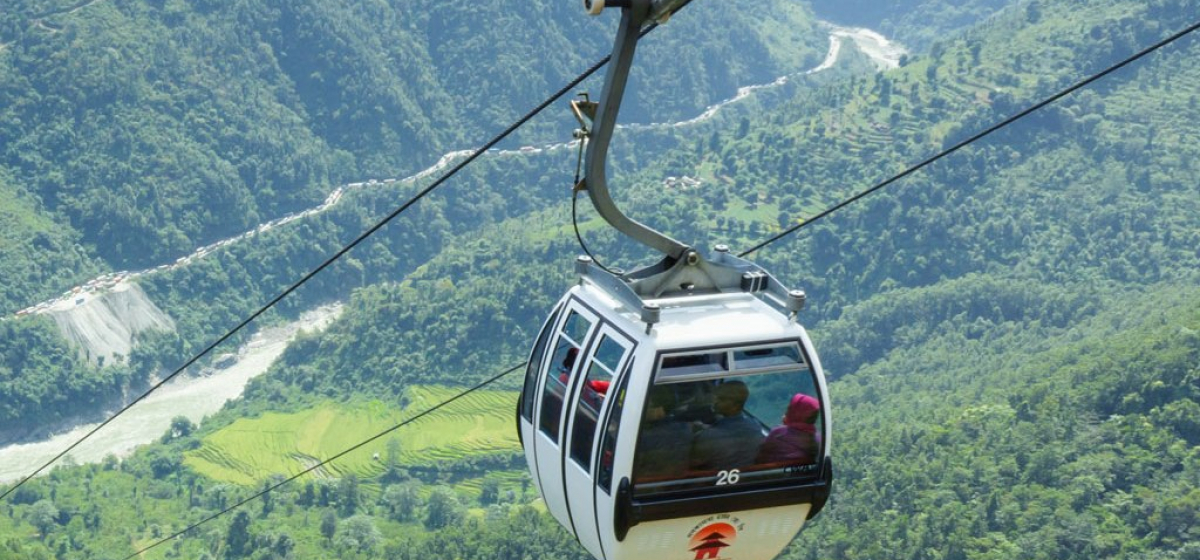




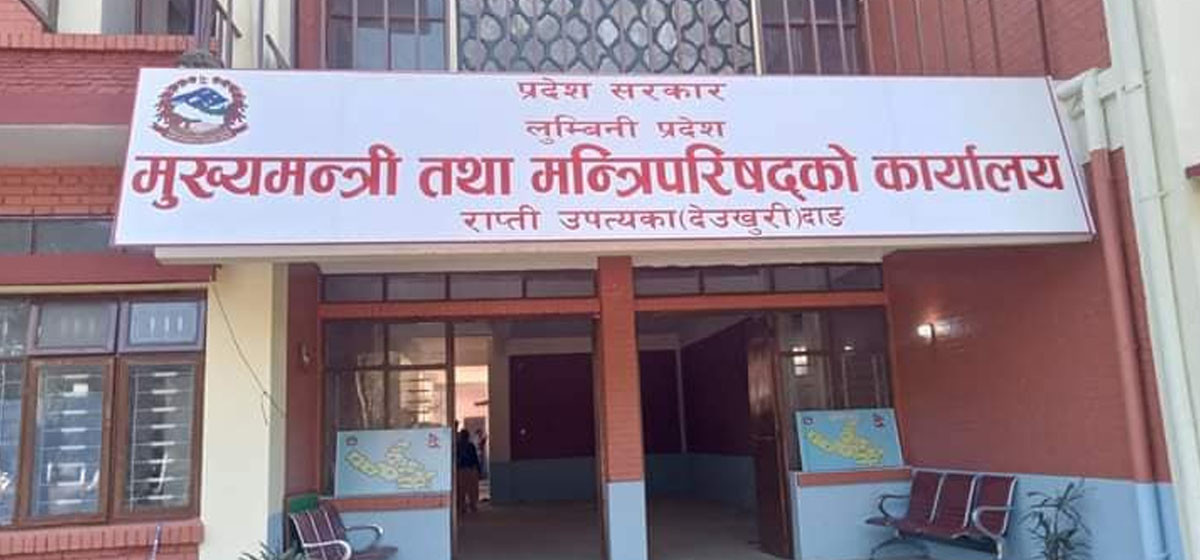
Leave A Comment